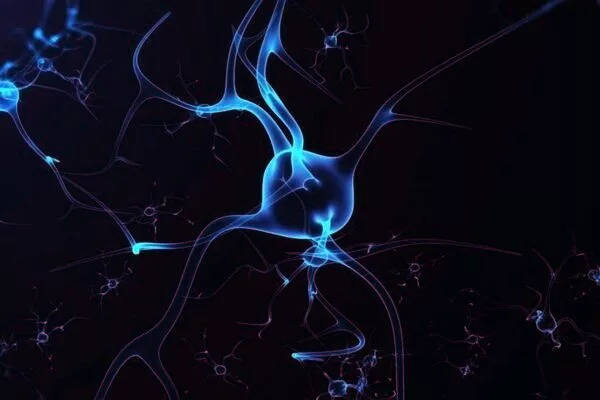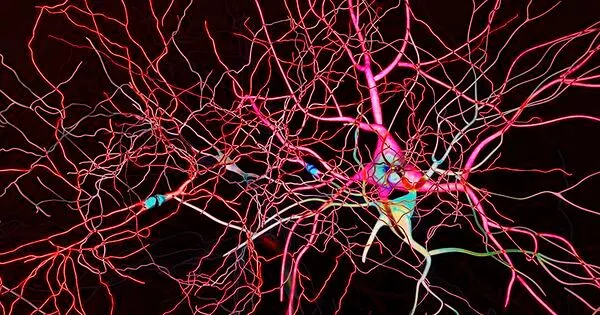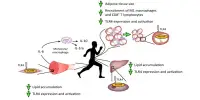Parkinson’s disease is a progressive disorder caused by nerve cell degeneration in the substantia nigra, a region of the brain that controls movement. These nerve cells die or become impaired, losing their ability to produce an important chemical called dopamine. According to research, symptoms of Parkinson’s disease develop in patients who have an 80% or greater loss of dopamine-producing cells in the substantia nigra.
During Parkinson’s disease, a very specific type of cell dies deep within the human brain. For the first time, researchers separated large numbers of human brain cells in the substantia nigra into ten distinct types. The team reports in Nature Neuroscience that only one is especially vulnerable in Parkinson’s disease. The result could lead to a clearer view of how Parkinson’s takes hold, and perhaps even ways to stop it.
According to neuroscientist Raj Awatramani of Northwestern University Feinberg School of Medicine in Chicago, the new study “gets right to the heart of the matter. The strength of this paper,” says Awatramani, who was not involved in the study, is identifying brain cells that appear to be especially vulnerable to the devastating disease.
If a particular subtype is more vulnerable in Parkinson’s disease, maybe that’s the one we should be trying to replace. With a relatively small number of people, we were able to get some pretty interesting insights; I think we’ll learn a lot when we get to a larger number of people with other types of diseases.
Raj Awatramani
Parkinson’s disease robs people of their ability to move smoothly, leaving them with balance issues, tremors, and rigidity. Parkinson’s disease is estimated to affect nearly 1 million people in the United States. For decades, scientists have known that these symptoms are caused by the death of nerve cells in the substantia nigra. Neurons there, among other things, produce dopamine, a chemical signal involved in movement. But those dopamine-making neurons are not all equally vulnerable in Parkinson’s, it turns out.
“This seemed like an opportunity to … really clarify which kinds of cells are actually dying in Parkinson’s disease,” says Evan Macosko, a psychiatrist and neuroscientist at Massachusetts General Hospital in Boston and the Broad Institute of MIT and Harvard.
The difficult part was that dopamine-producing neurons in the substantia nigra are uncommon. “We couldn’t survey enough of [the cells] to really get an answer,” Macosko says of postmortem brain samples. However, Abdulraouf Abdulraouf, a researcher in Macosko’s laboratory, led experiments that sorted these cells, figuring out a way to selectively pull the nuclei of the cells out from the rest of the cells in the substantia nigra. This enrichment resulted in an abundance of nuclei to study.

The researchers further classified dopamine-producing cells in the substantia nigra into ten distinct groups by studying over 15,000 nuclei from the brains of eight previously healthy people. Each of these cell groups was defined by a specific brain location as well as active gene combinations.
When the researchers examined substantia nigra neurons in the brains of people who died from Parkinson’s disease or the related Lewy body dementia, they noticed something unusual: one of these ten cell types was drastically reduced.
Tushar Kamath and colleagues discovered that these missing neurons were identified by their location in the lower part of the substantia nigra and an active AGTR1 gene. According to Macosko, that gene was thought to simply serve as a good way to identify these cells; researchers do not know whether the gene plays a role in the fate of these dopamine-producing cells in humans.
The new discovery suggests potential treatments for the debilitating diseases. Scientists have been eager to replace the missing dopamine-producing neurons in Parkinson’s patients’ brains. According to Awatramani, the new study shows what those cells would need to look like. “If a particular subtype is more vulnerable in Parkinson’s disease, maybe that’s the one we should be trying to replace,” he says.
Indeed, Macosko claims that stem cell researchers have already made contact, eager to create these specific cells. “We hope this serves as a starting point,” Macosko says.
A small number of human brains were used in the new study. Macosko and his colleagues hope to study more brains and brain parts in the future. “With a relatively small number of people, we were able to get some pretty interesting insights,” he says. “I think we’ll learn a lot when we get to a larger number of people with other types of diseases.”
















